Tyrrhenian-Adriatic Sclerophyllous and Mixed Forests
The ecoregion’s land area is provided in units of 1,000 hectares. The conservation target is the Global Safety Net (GSN1) area for the given ecoregion. The protection level indicates the percentage of the GSN goal that is currently protected on a scale of 0-10. N/A means data is not available at this time.
Bioregion: Adriatic Sea & Central Mediterranean Mixed Forests (PA19)
Realm: Western Eurasia
Ecoregion Size (1000 ha):
8,519
Ecoregion ID:
806
Conservation Target:
23%
Protection Level:
10
States: Italy, France, Croatia, Malta
Large raptors soar from their nests in high cliffs, across the arid valleys seeking out reptiles and small mammals amongst the sparse, rocky terrain. Some of the raptors found in the Tyrrhenian-Adriatic Sclerophyllous and Mixed Forests ecoregion include the griffon vulture, Eleonora’s falcon, endangered lanner falcon, and Bonelli’s eagle. Today, a key threat to these birds is the illegal collection of eggs and nestlings.
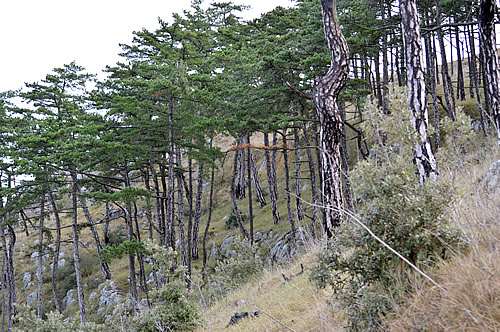
The flagship species for the Tyrrhenian-Adriatic Sclerophyllous and Mixed Forests ecoregion is the Dalmatian black pine. Image credit: Courtesy of gohvarblog.com
The ecoregion extends along the coastal lowlands of the southern half of the Italian Peninsula, Sicily, and Corsica. It includes Sardinians Island and the Dalmatian Islands. The ecoregion experiences very hot and dry summers, and relatively temperate and humid to subhumid winters. Annual average temperatures range from 10–17°C, and the minimum average temperature of the coldest month ranges from 5–10°C. The annual rainfall ranges from 400–1,200 mm.
The ecoregion has four major forest zones. The Thyrrenian mixed oak forests are characterized by mixed sclerophyllous evergreen oak (holm oak, cork oak) and deciduous (downy oak, manna ash, European hop-hornbean) species. Stone pine constitutes important forests of certain coastal sand dunes. Relict hygrophilous temperate deciduous oak forests appear locally in certain coastal wetlands of the Italian Peninsula and on Corsica. The southeastern Italian woodlands, in the Puglia region, are distinguished by a number of Eastern Mediterranean endemic oak species (Macedonia oak, Valonia oak). The Dalmatian Island forests show a predominance of Aleppo pine and holm oak along with a very interesting relict species, the endemic Dalmatian black pine.
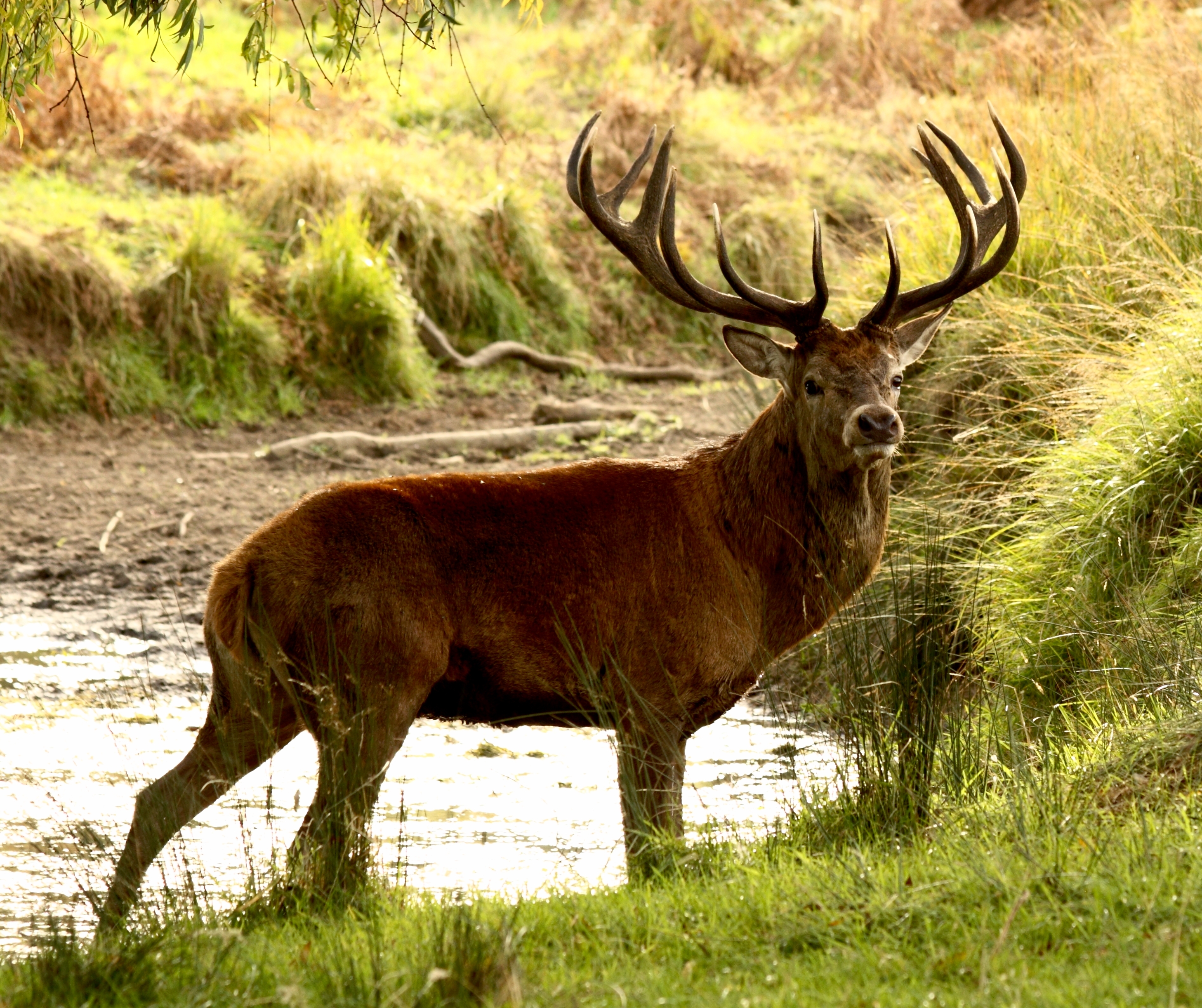
Corsican red deer. Image credit: Creative Commons
The ecoregion supports a high degree of plant diversity. The endemism rate is approximately 10% of the total flora. For example, Sardinia hosts 2,295 plant species, of which 347 are endemic; the Dalmatian islands host 2,700 species, of which 179 are endemic. The ecoregion includes an important number of relict species including Valonia oak, Dalmatian pine, Oriental sycamore, Italian alder, Sictus tree, conehead thyme, and storax.
This ecoregion has significant faunal diversity, though the number of endemic species is low. Two rare and endemic herbivores, mouflon and Corsican red deer, still persist in the Sardinian forests. The ecoregion also hosts a high diversity of birds, including a number of endemic species, such as Mamora’s Warbler. Some of the large raptors found here include: griffon vulture, Eleonora’s falcon, endangered lanner falcon, and Bonelli’s eagle.
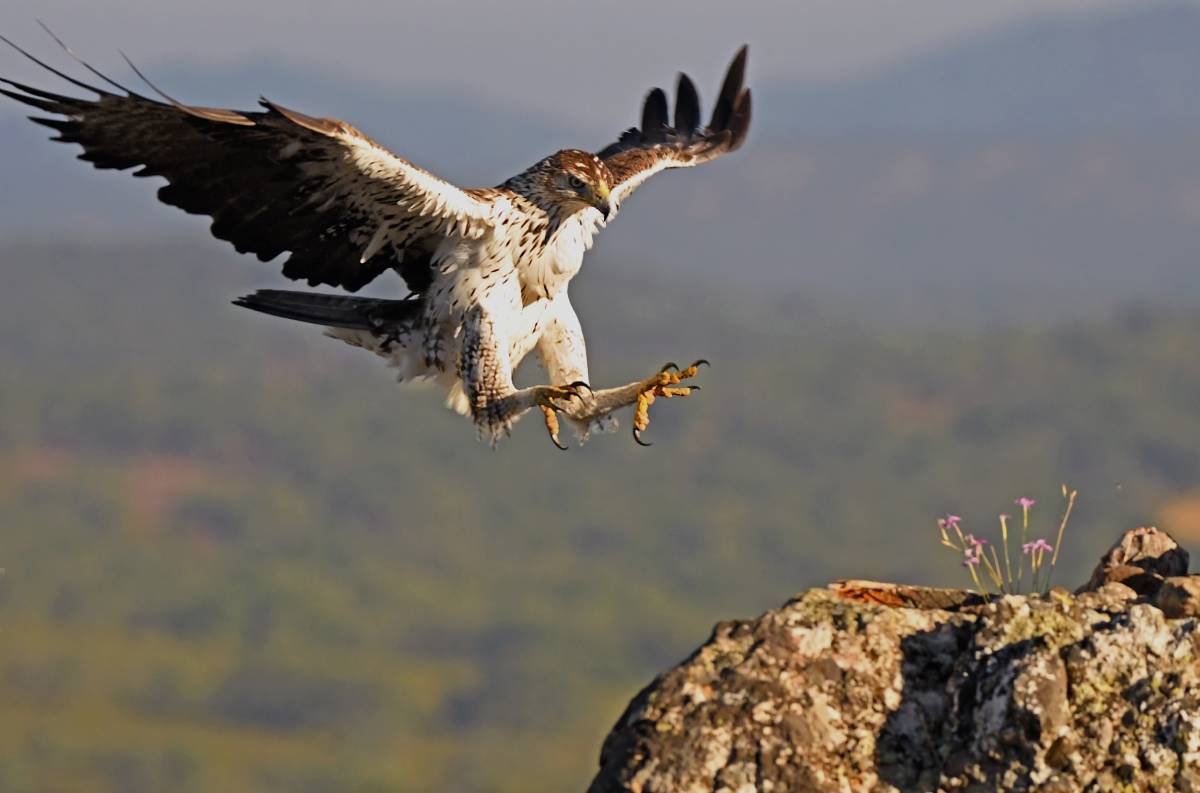
Bonelli`s eagle
Endemic amphibian and reptile species are also well represented. Thirteen endemic forms of Dalmatian wall lizard, each living on only one small island, have been described in Dalmatia. A large number of threatened butterfly species are also related to this ecoregion, specifically, the eastern wood white, southern swallowtail, apollo, and dusky large blue.
The ecoregion has lost the majority of its forest cover, mainly as a result of agriculture, grazing, and urban development. Human population size is considerable, but mainly concentrated in the coastal areas. The ecoregion is distinguished by a manmade semi-natural sylvopastoral landscape, typical of Sardinian Island, and formed by extensive semi-natural cork/oak woodlands. Many special protection areas cover this ecoregion including Kvarnerski otoci in Croatia, Monte dei Sette Fratelli in Sardinia, Vallée du Regino in Corsica, and Rocca Busambra e Bosco della Ficuzza in Sicily. There is also the UNESCO-MAB Biosphere Reserve, Cilento and Val de Diano, on the Italian peninsula.
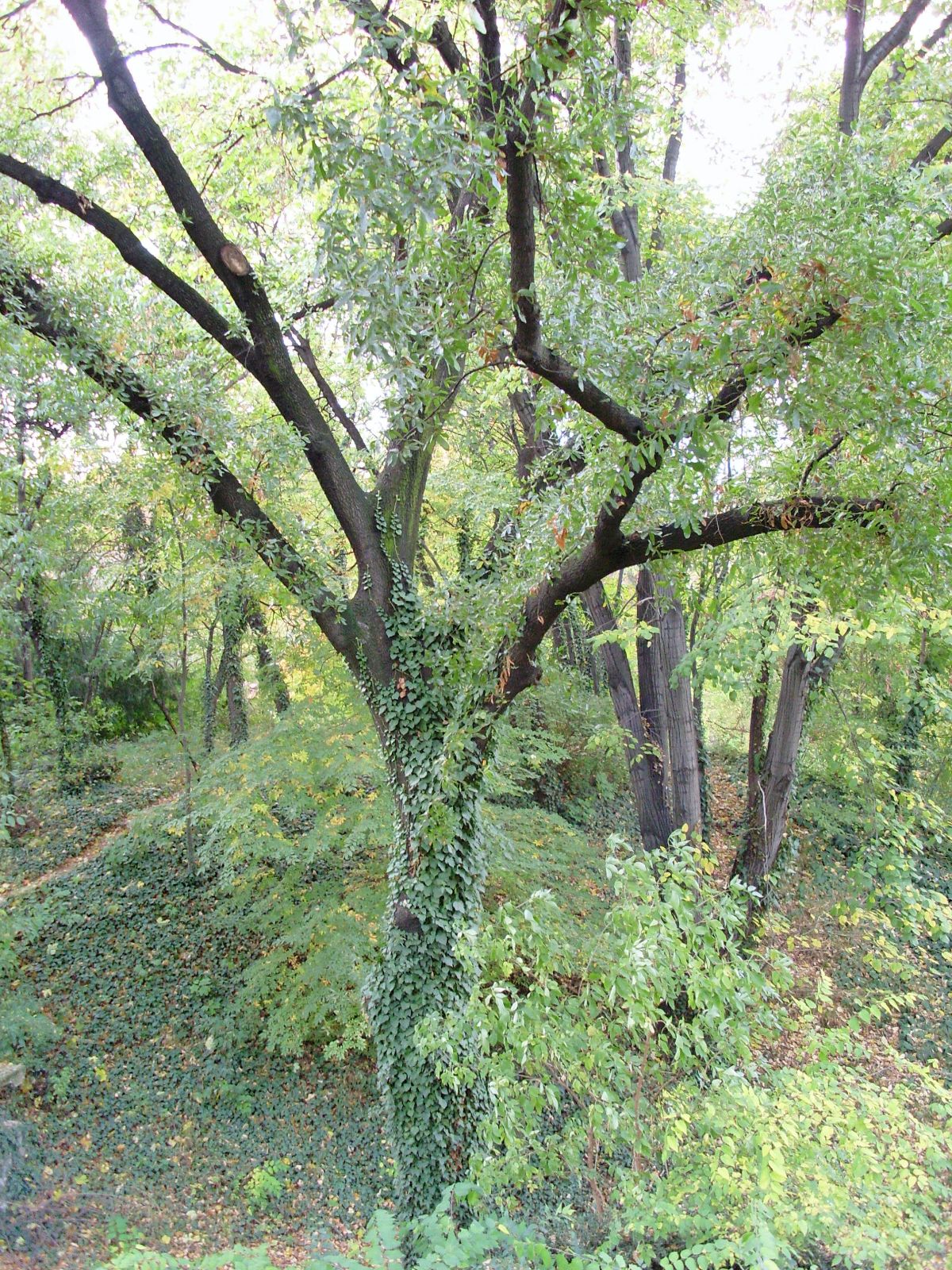
Macedonian oak. Image credit: Creative Commons
Major threats include coastal tourism development and urbanization; intensive agriculture through irrigation systems, conversion of natural to agricultural land, overuse and pollution of water bodies; forest fires, mainly due to human negligence and arson; unsustainable collection of rare, wild plant species; hunting; and, the spread of invasive species, promoted by human induced changes to the coastal zone (i.e. exotic species introduced for gardening, such as Carpobrotus edulis and Agave americana). Additionally, introduced predators, including rats, feral cats, and mongoose, threaten native lizards and snakes particularly on islands in the Adriatic Sea.
The priority conservation actions for the next decade will be to: 1) reduce the illegal collection of eggs and nestlings, through various methods such as continuous monitoring of nesting sites with camera-traps and education programs targeting specific audiences; 2) implement systematic actions to eradicate or at least suppress mongoose populations on these islands; and 3) preserve and reintroduce traditional land-use management activities.
Citations
- Barun, A., Simberloff, D. and Budinski, I., 2010. Impact of the small Indian mongoose on native amphibians and reptiles of the Adriatic islands, Croatia. Animal Conservation, 13(6), pp.549-555.
- Bacchetta, G., Fenu, G. and Mattana, E., 2012, June. A checklist of the exclusive vascular flora of Sardinia with priority rankings for conservation. In Anales del Jardín Botánico de Madrid (Vol. 69, No. 1, pp. 81-89).
- LifeConrasi. 2019. Raptor Conservation in Sicily. [Online]. [Accessed 6 June 2019]. Available from: http://www.lifeconrasi.eu/home-en
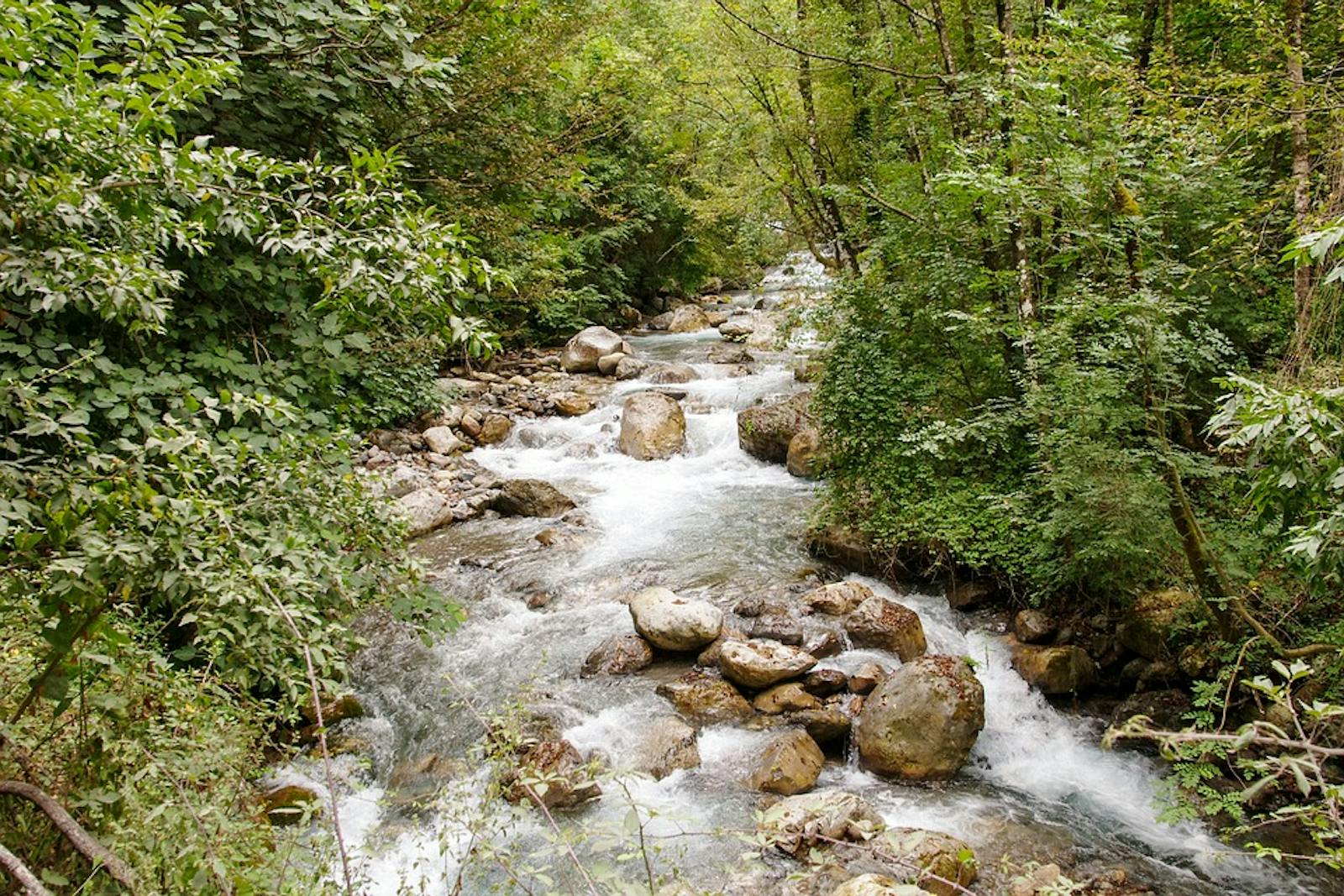
.png?auto=compress%2Cformat&w=300)

